I was fortunate to attend a Bat Blitz held in Savannah, GA with the joint Bat Working Groups of Georgia and South Carolina this past week. Headquarters and lodging were located at Wormsloe State Historical Site, whose recorded history goes back to the 1700s. This post is photo heavy and I hope you enjoy it! I had one new intake and will likely receive more as the weather gets colder and animals needing help start showing up in yards or by the side of the road. But first, a video that captures why working with bats is such a fascinating endeavor.
Wormsloe State Historic site contains the oldest standing structure in Savannah, the ruins of a tabby house built in the mid 1700’s by Noble Jones. Later a palatial 3 story mansion was built and a mile long drive lined with 150 Live oaks was planted, creating an iconic scene captured by many photographers. For more information on the site visit the state park website.. It has a fascinating history.
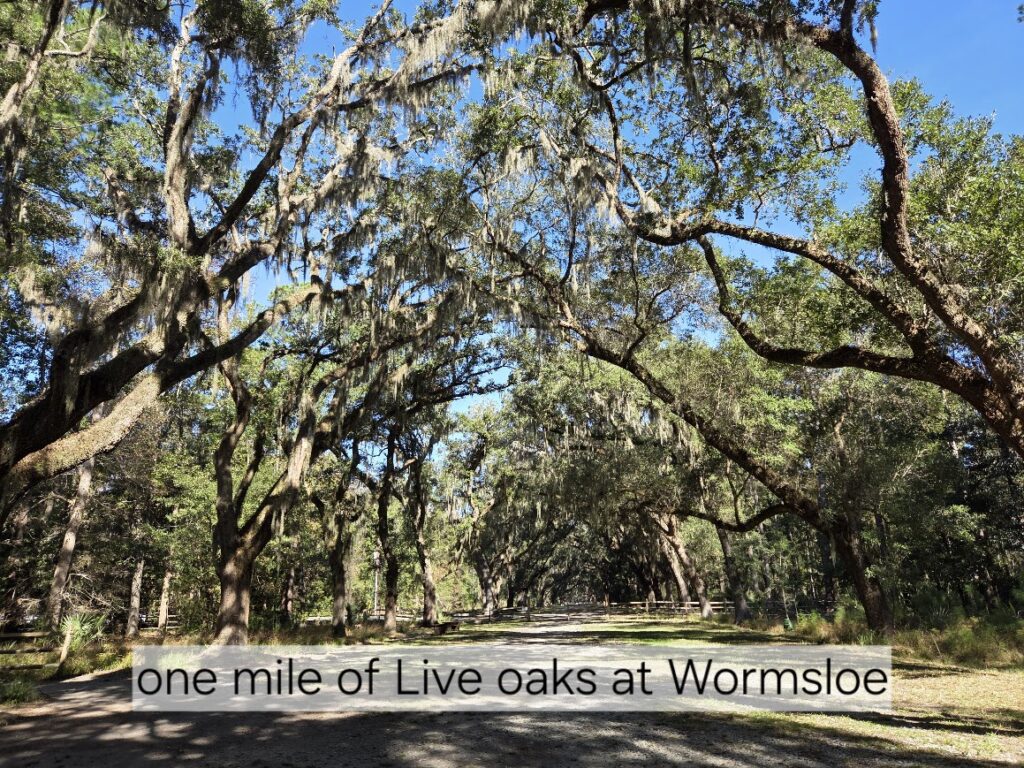
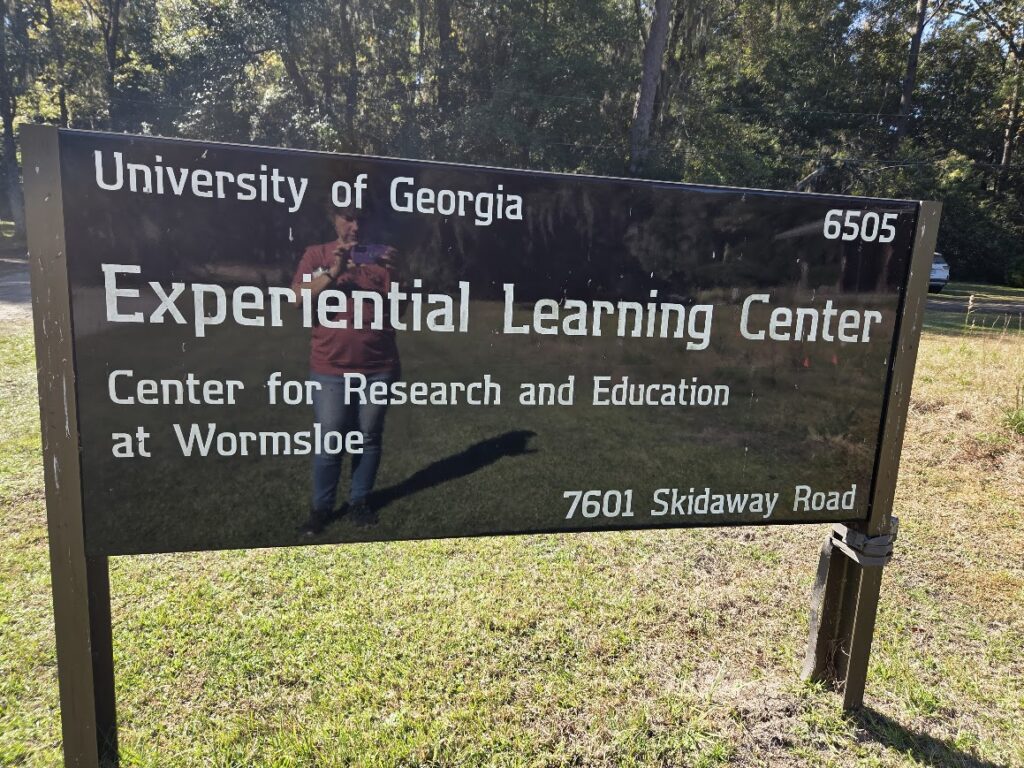
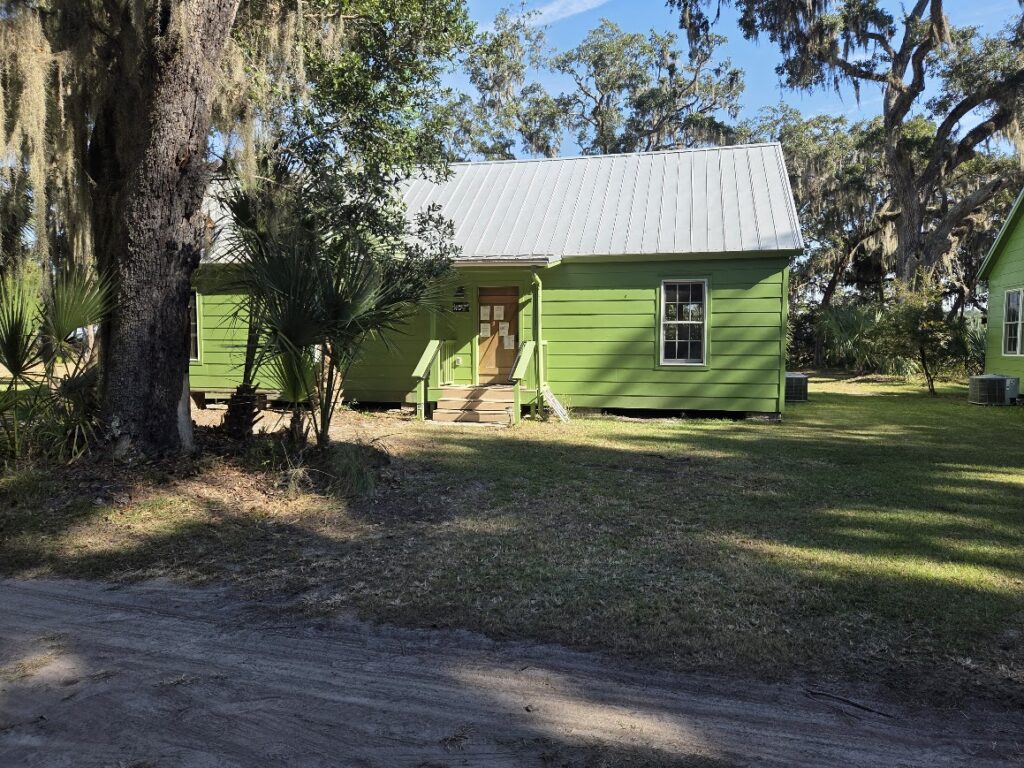
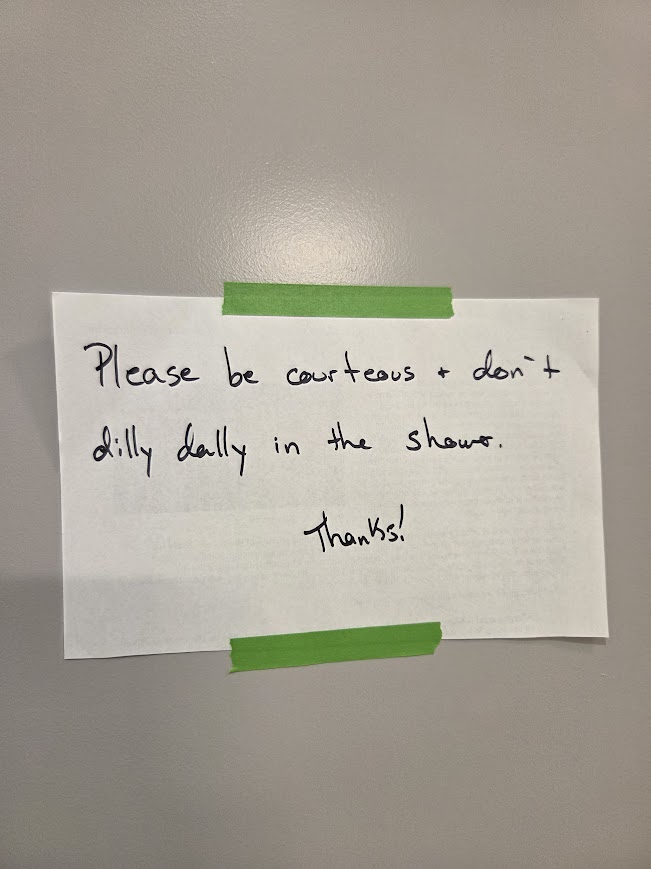
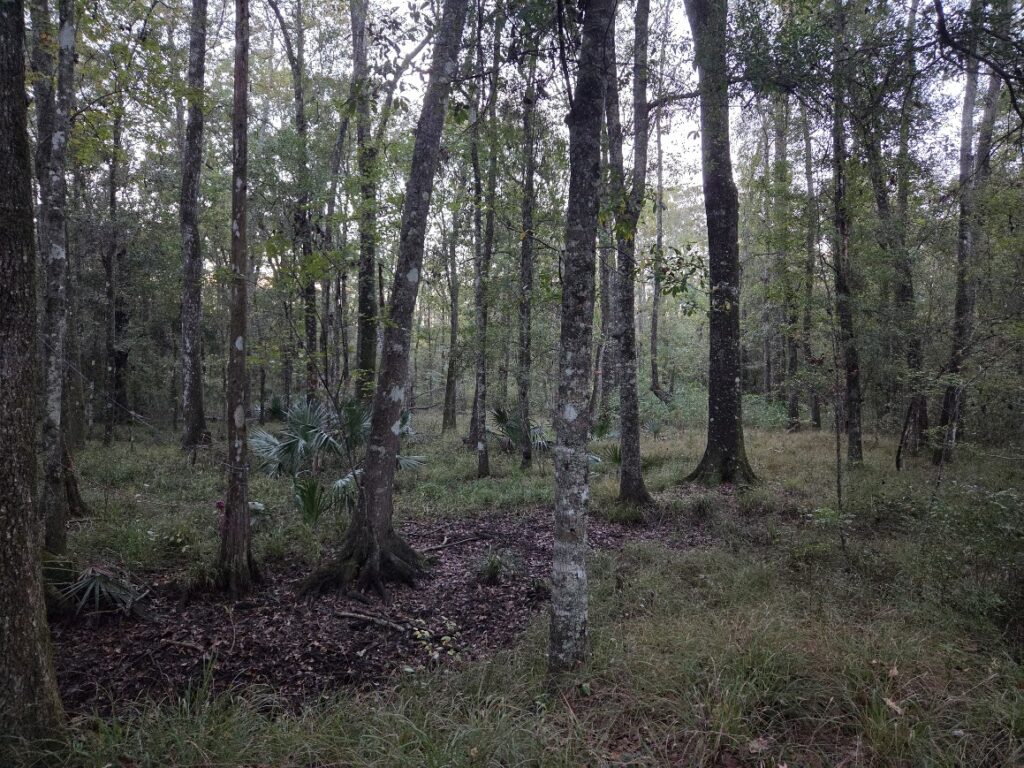
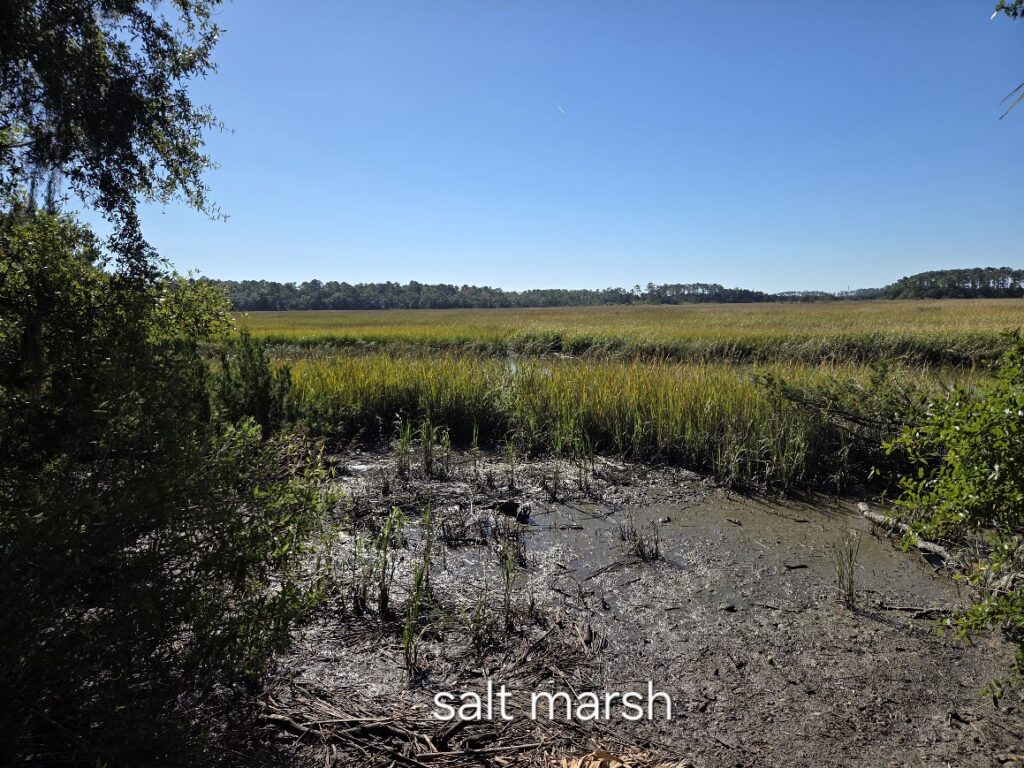
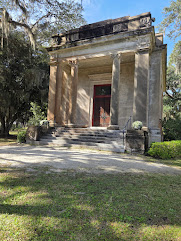

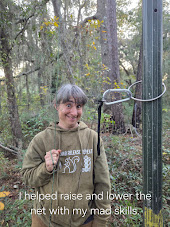
I took as many photos detailing the installation and set up of the nets as I thought would give you an idea of the process. Ideally it’s an at least 4 person job and can’t be hurried or abbreviated. The nets are strung tight enough that they don’t drag in the brush or on the ground, but loosely enough so that retrieving netted animals is easier.
Here is a short video from the Mississippi Working Bat Group that provides a concise description of the science behind mist netting.
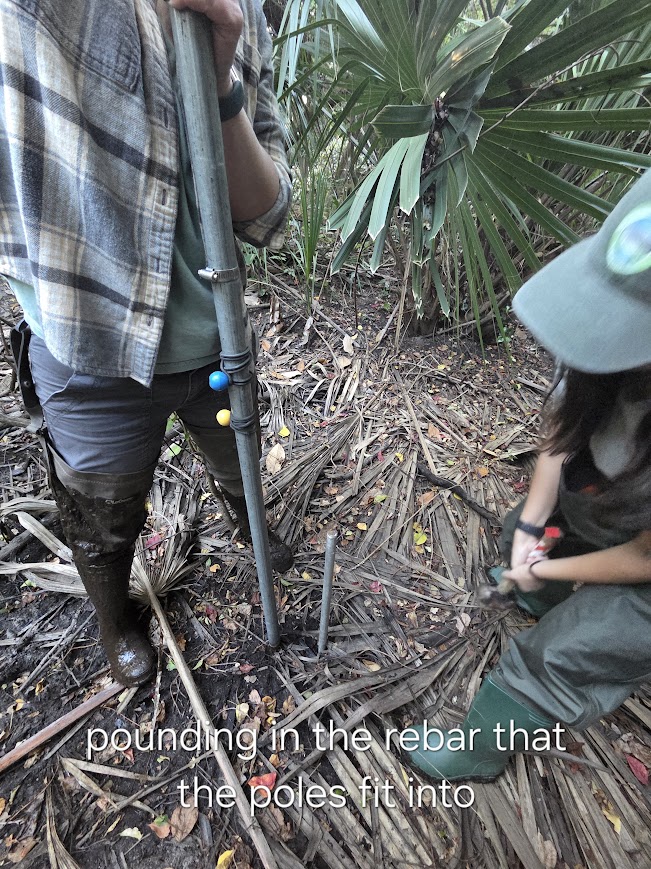

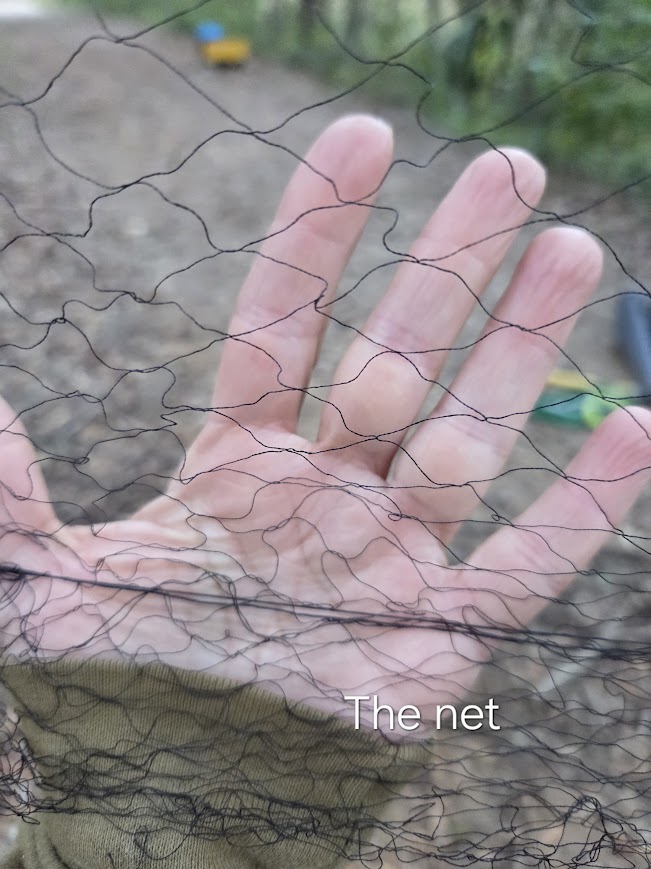

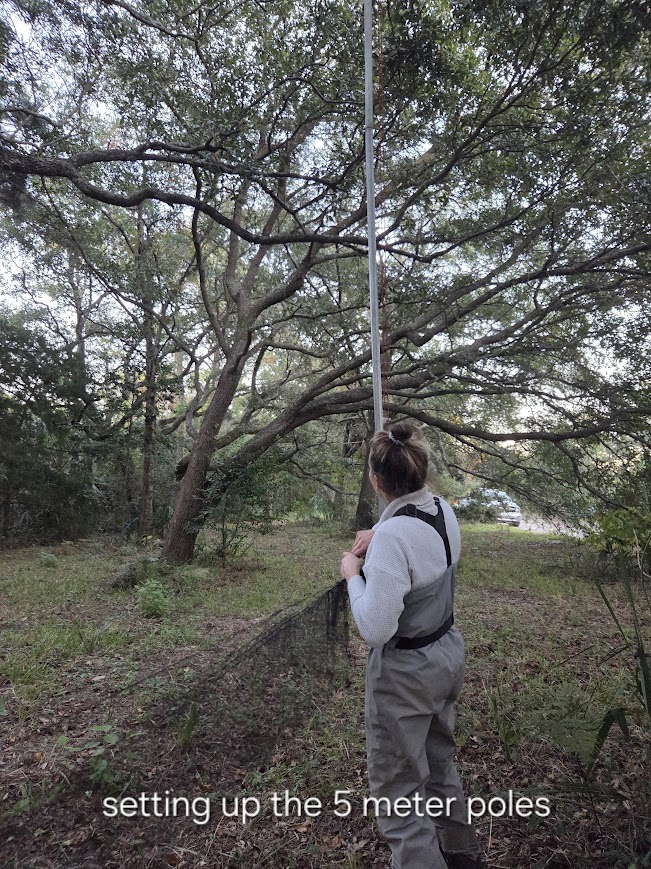
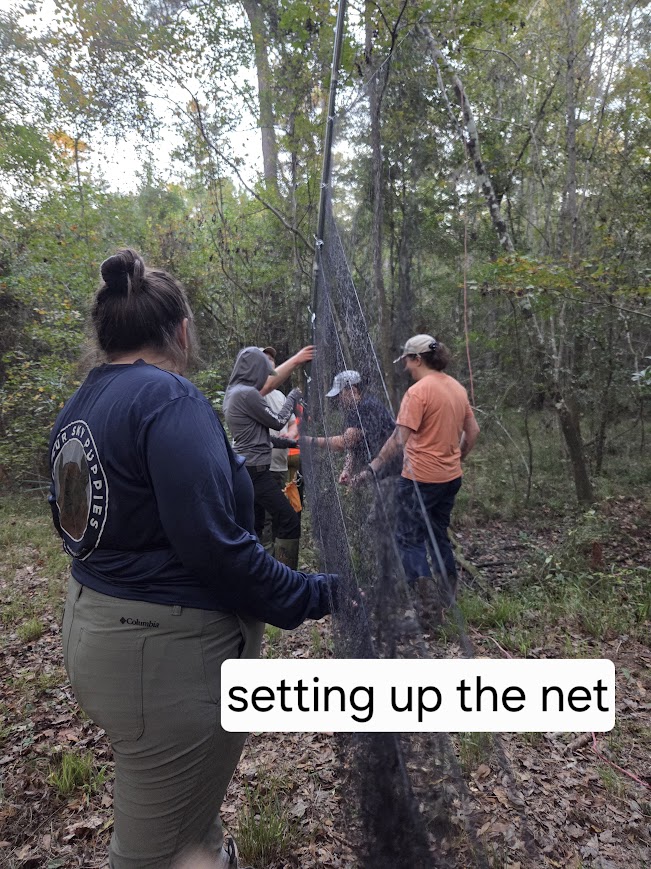
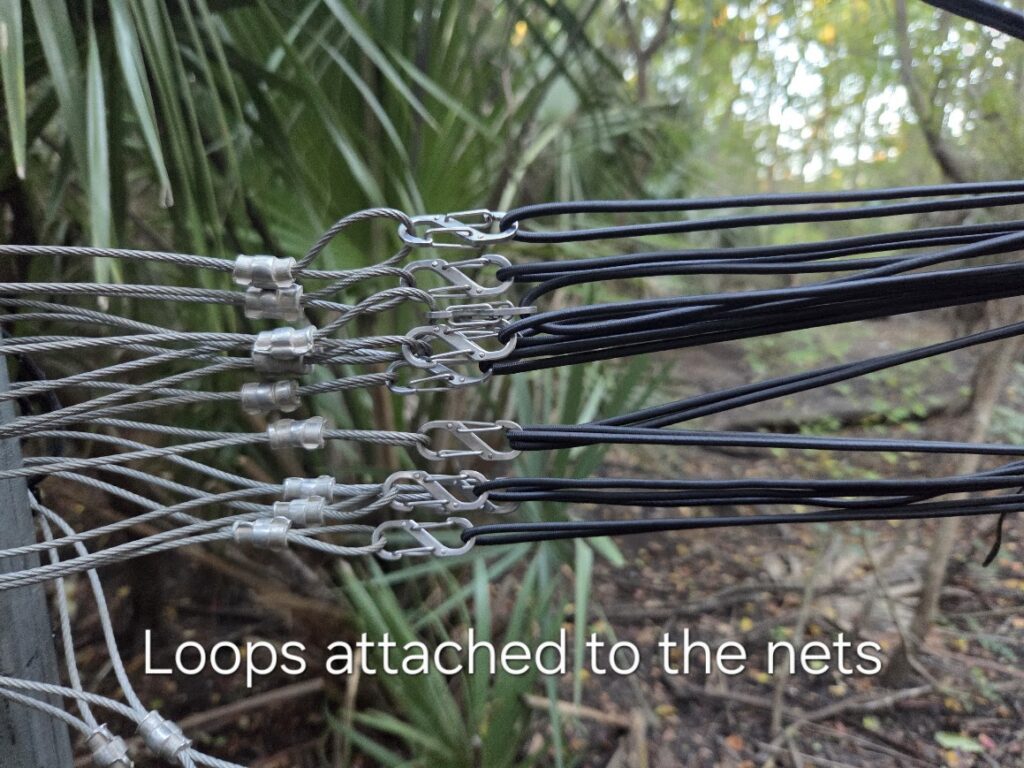
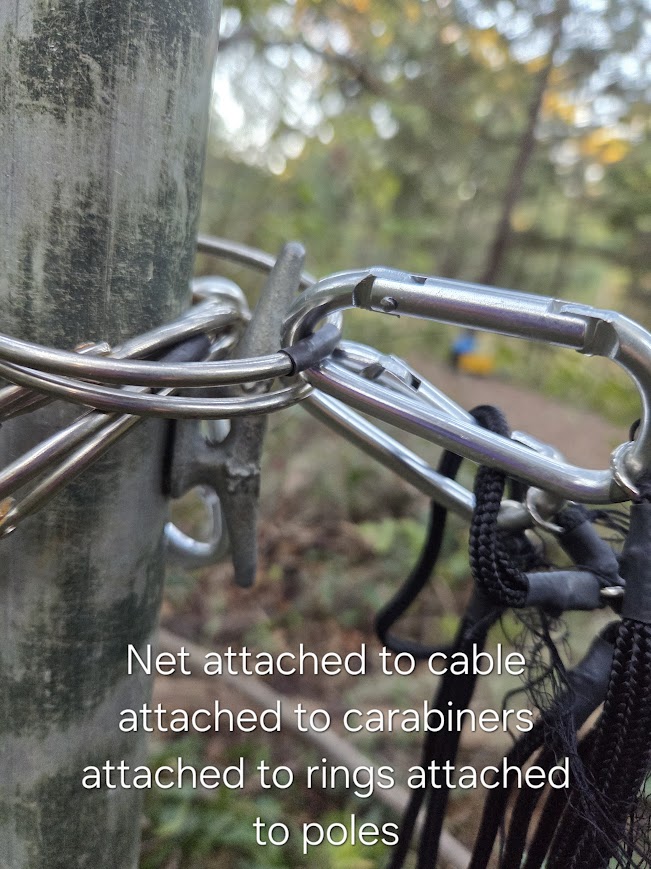

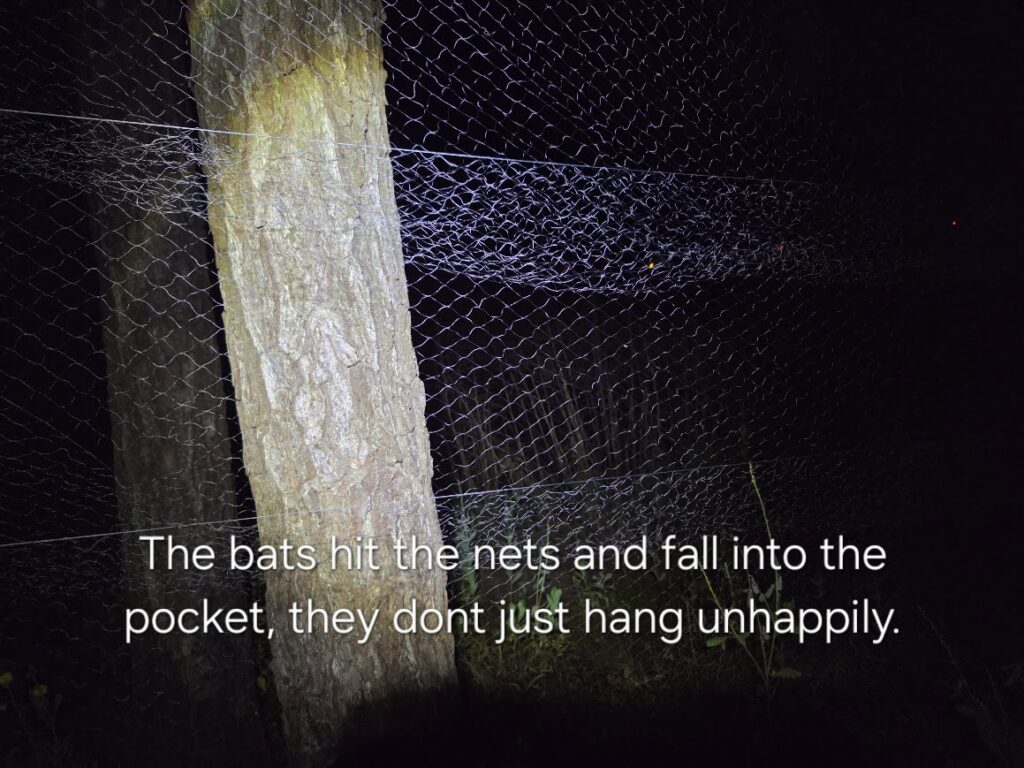
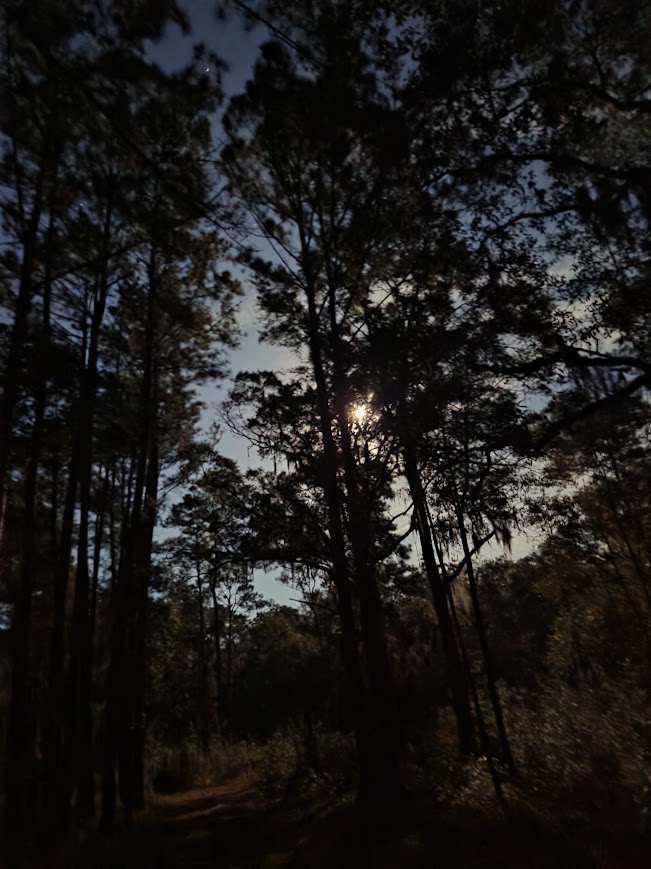
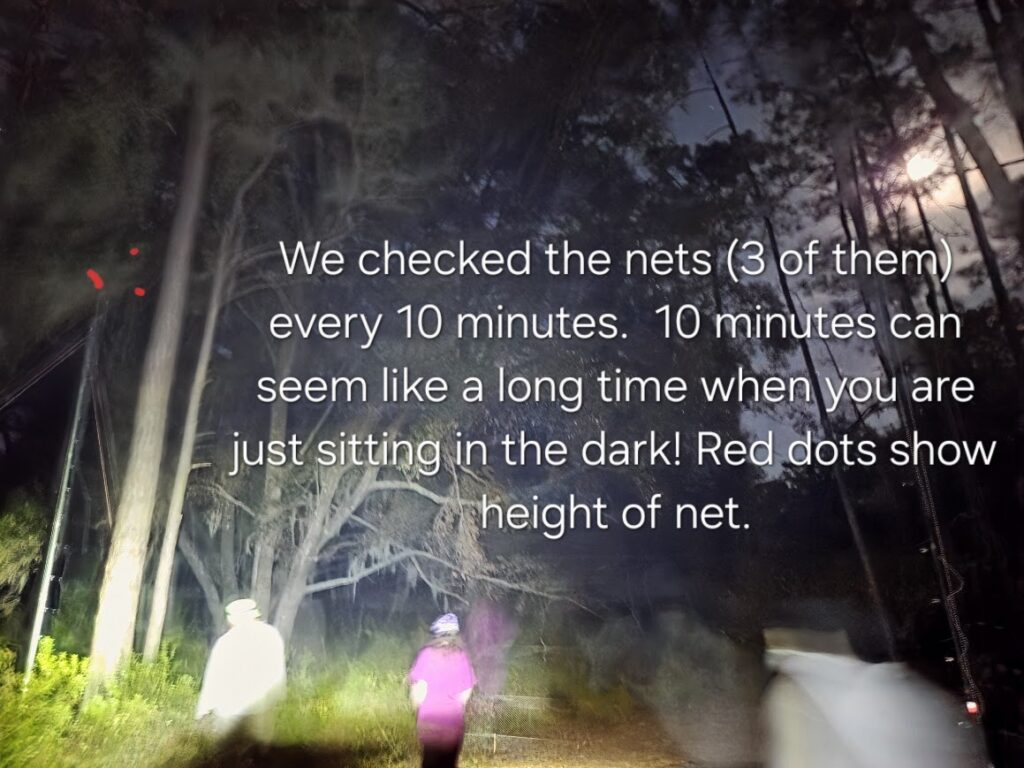
After extensive and thoughtful research, 30 sites were chosen from the greater Savannah area. These were the ones most likely to have resident bats. They included the Wormsloe property, state parks, nearby islands, the Savannah National Wildlife Refuge, and on private property.
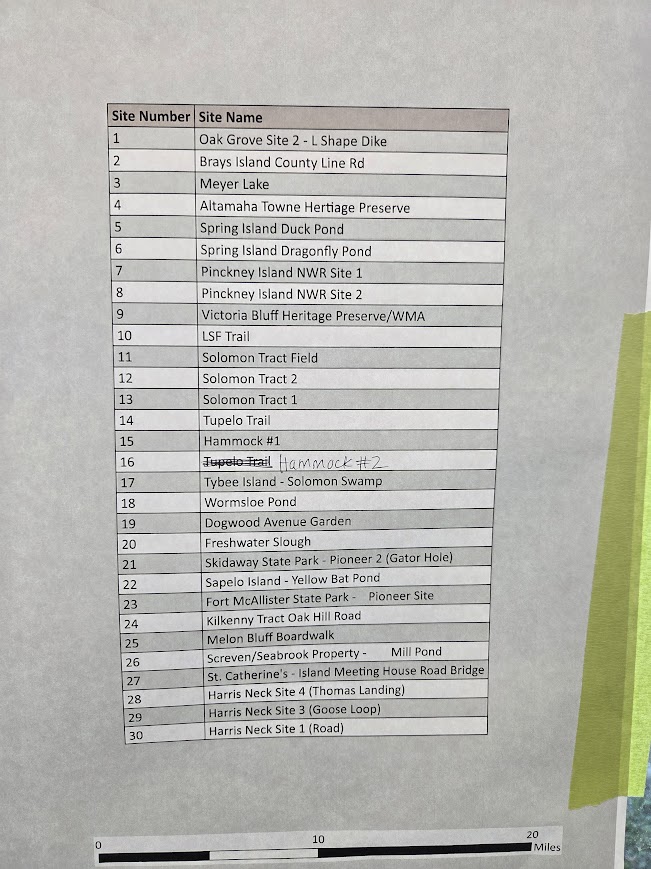
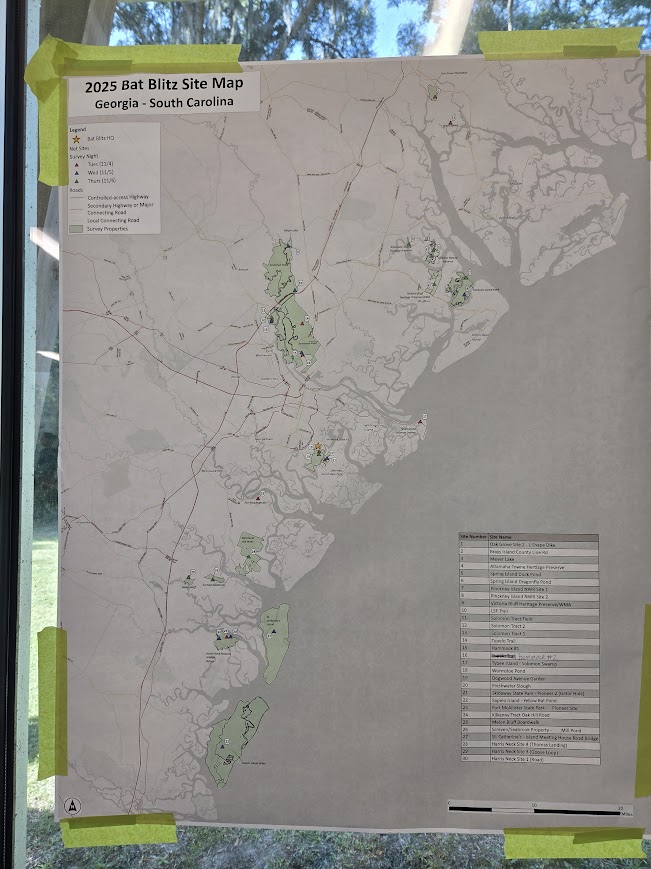
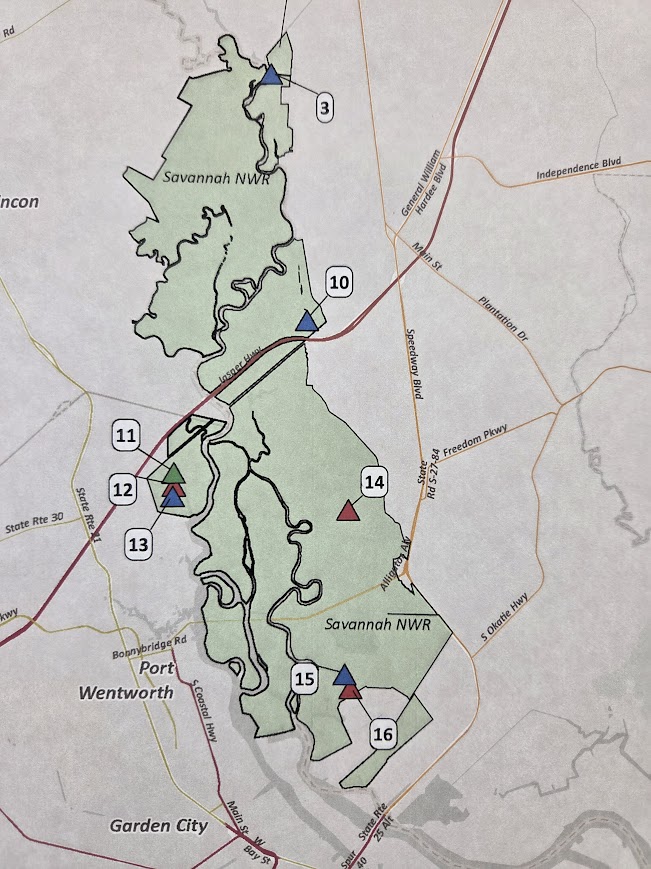
The groups I went out with netted 3 bats in 3 nights, but others netted up to 22! The total netted over 3 nights at 30 sites was around 180. The bats were of diverse species including Seminole, Red, Yellow, Big brown, and Brazilian freetail, also known as Mexican freetail. The bats are unharmed and handled by experienced bat biologists wearing personal protective equipment and following standardized protocol. Data collected is only useful if done properly and following the same guidelines and parameters. Otherwise as compelling as it may be, it can’t be used.
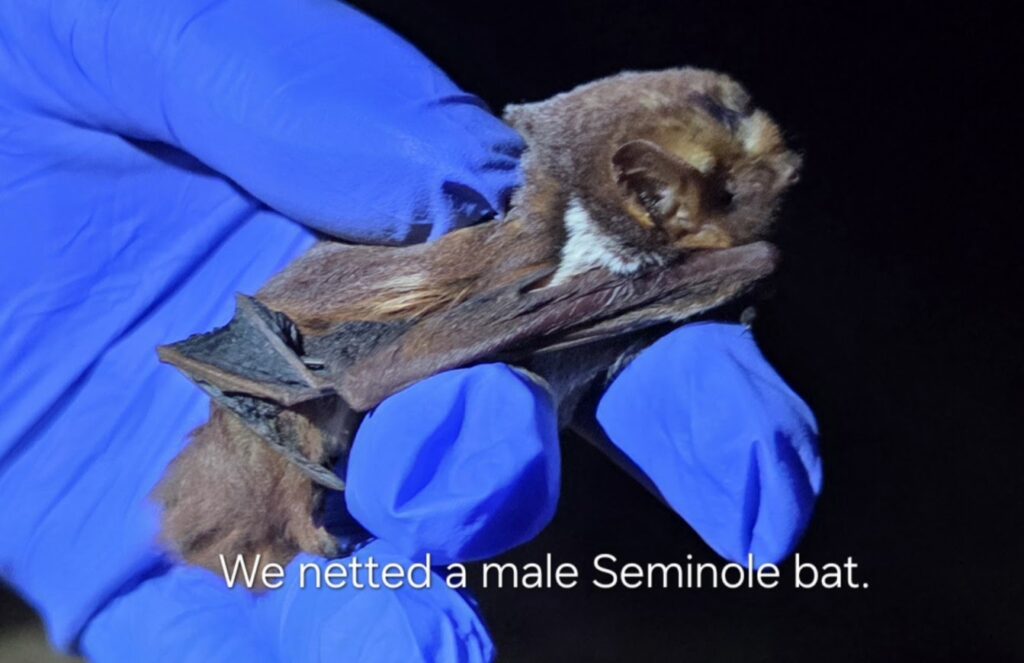
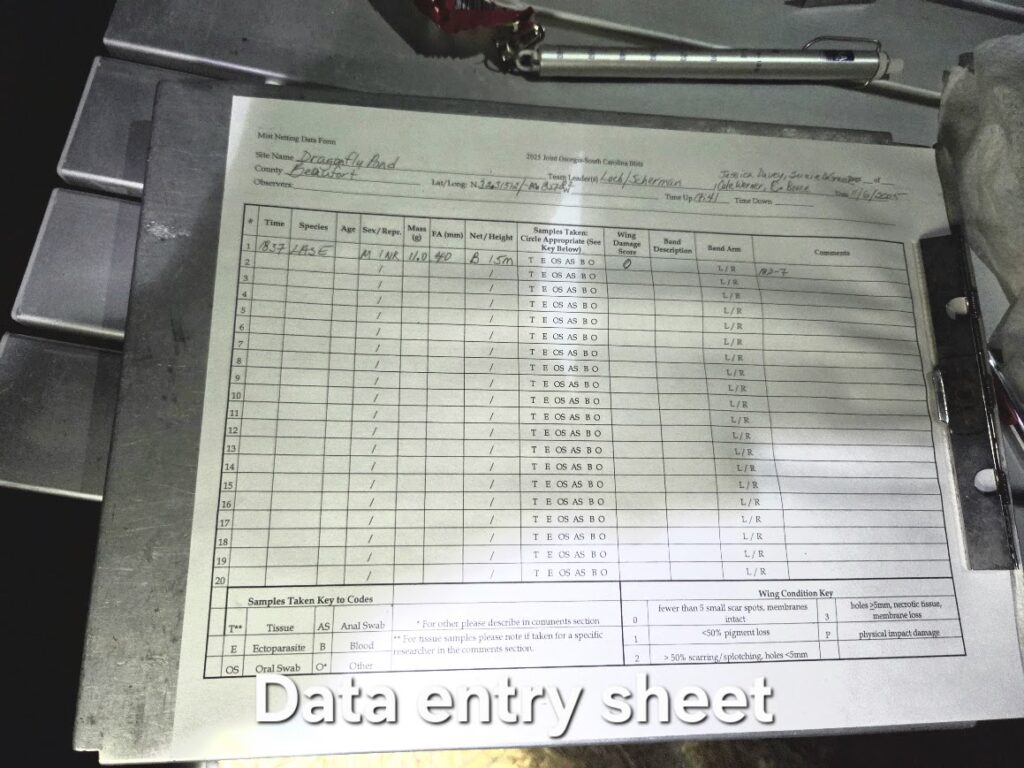
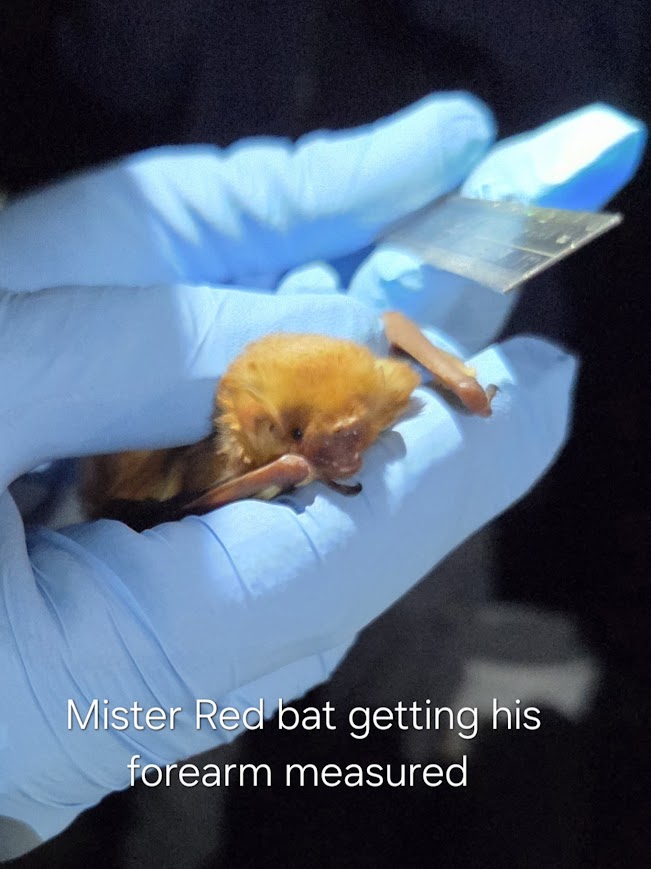

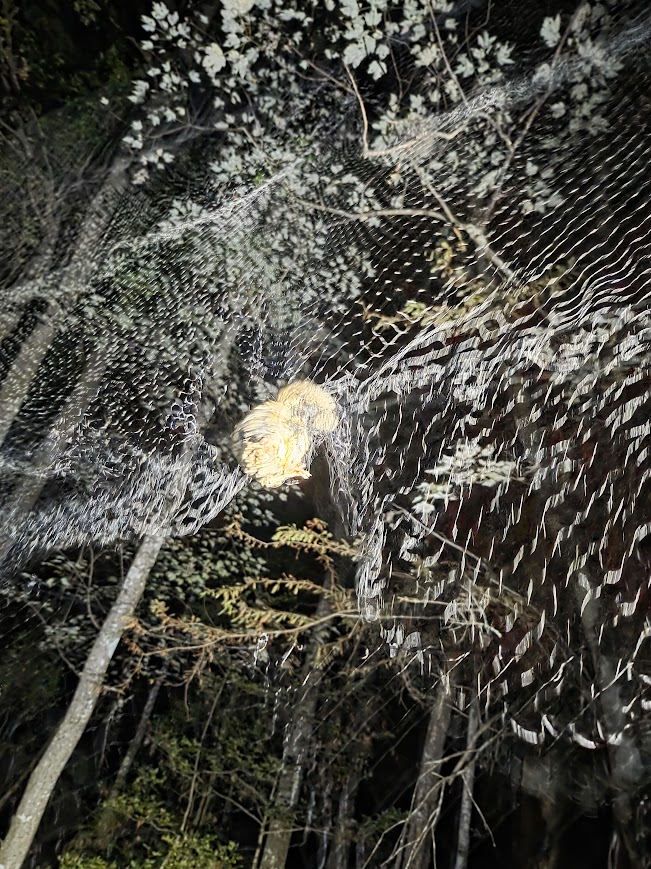
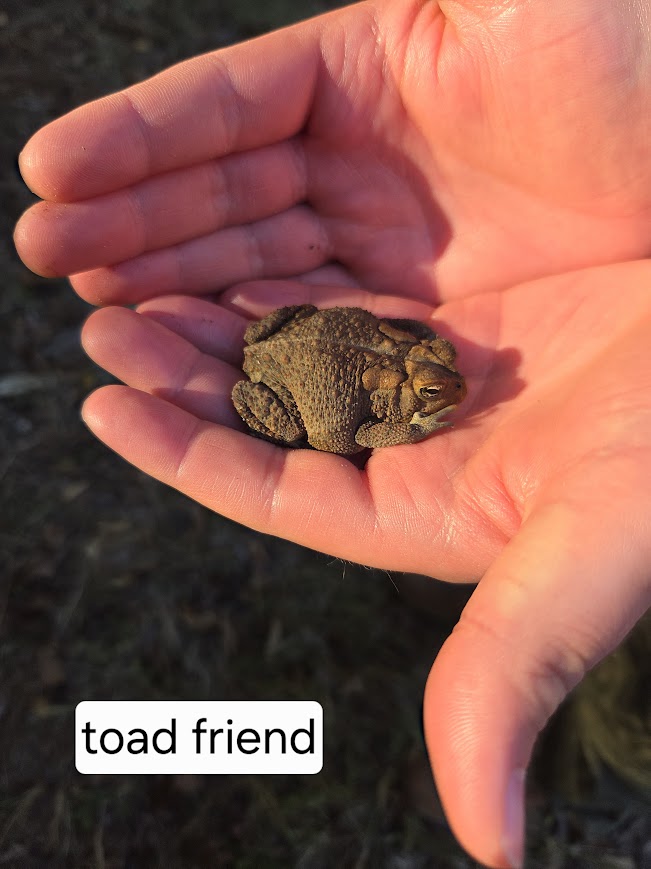
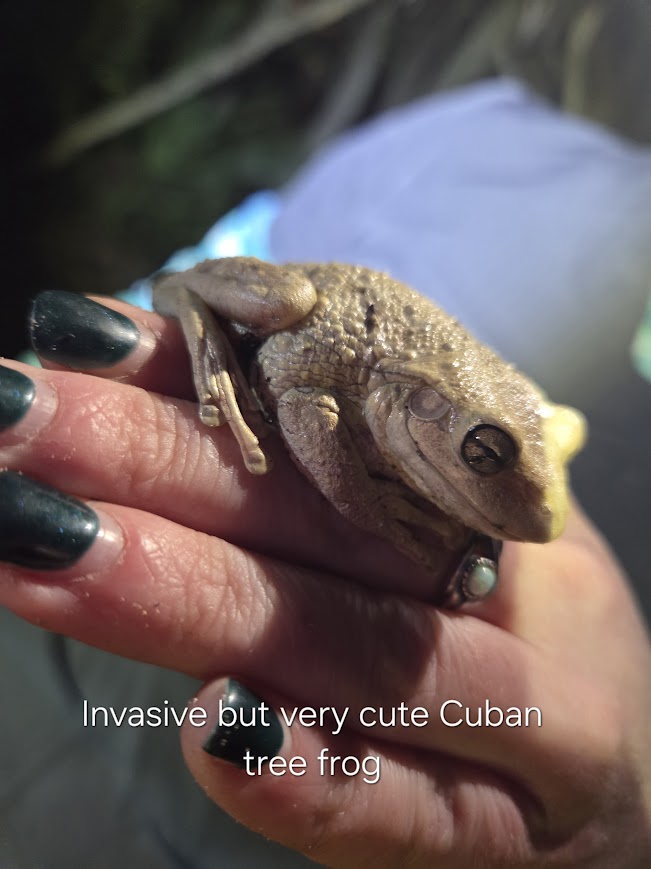
Besides bats, we saw a wide range of other coastal dwelling species. Several birds were caught including the ill-tempered Cardinal, and a Hermit thrush, and released, as well as flying squirrels.
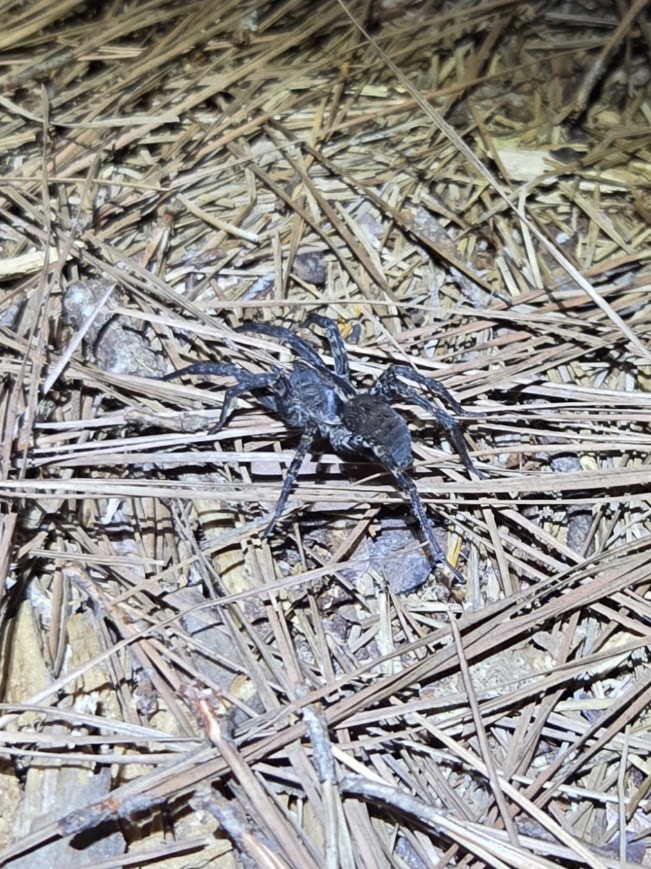



Luckily for her, this adult female opossum was brought to me right before the temperatures are set to plunge into the mid 20s. Jennifer had seen her out in the daytime for many days. She had a routine and stuck to it. Thinking she was blind and perhaps injured, she took the time to get in touch with me and bring her to me.
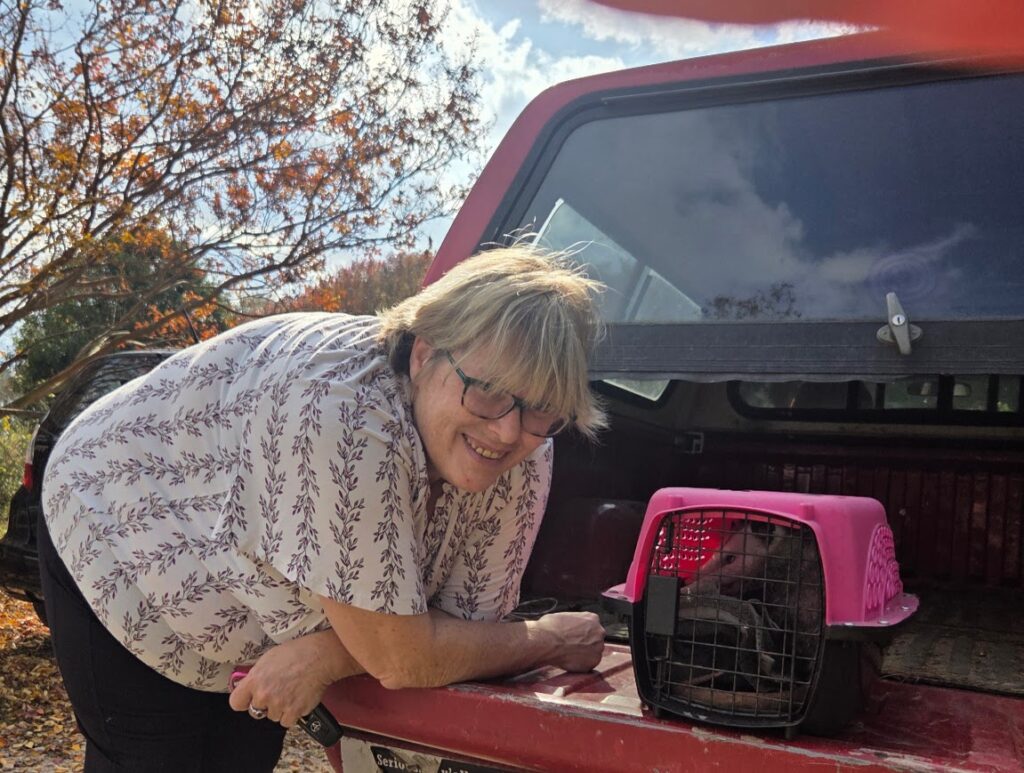
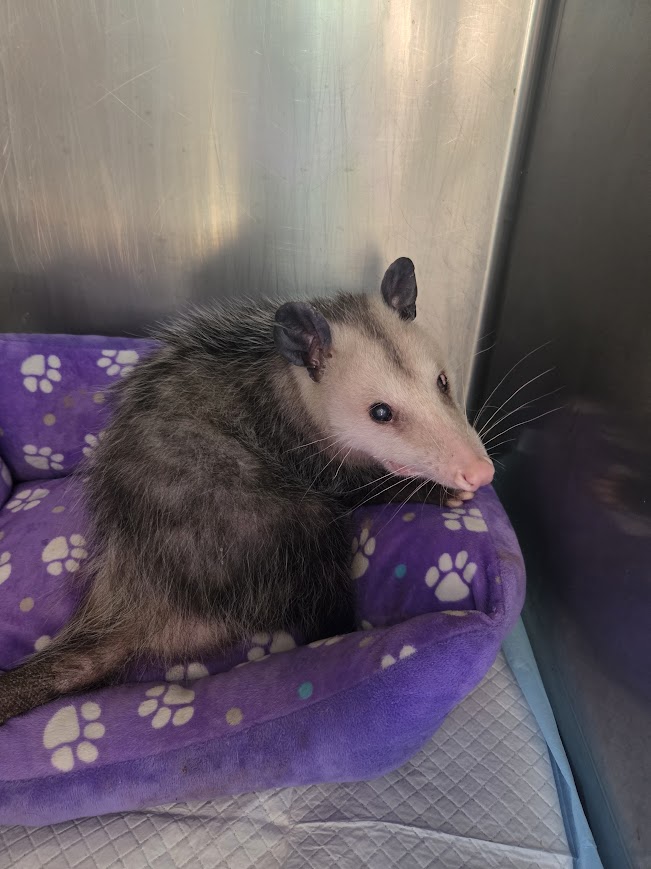
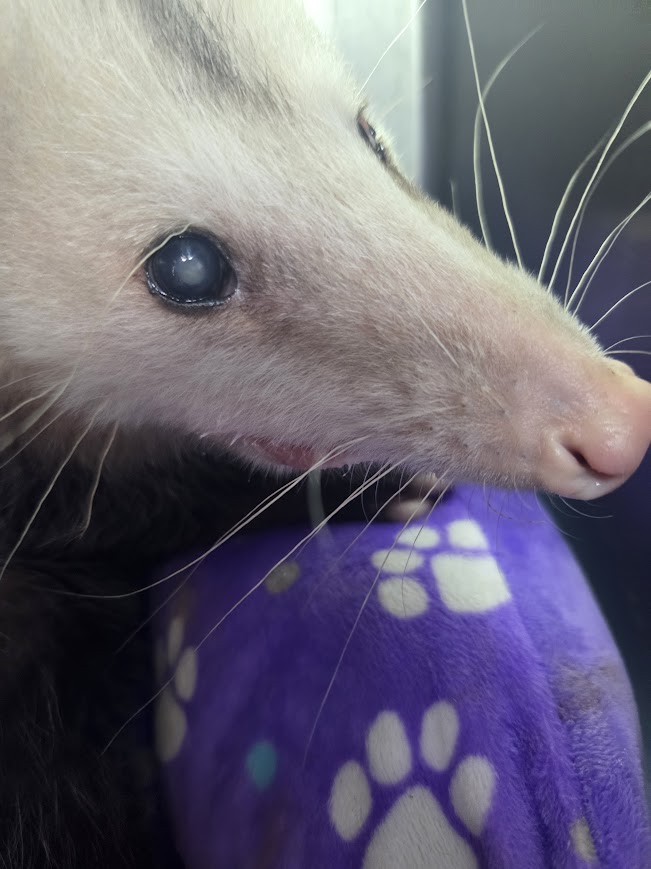

After stabilizing her and assessing her mobility and eyesight, I will make the next determination in her care. For right now, she’s getting medical treatment, nutritious meals, and is safe and warm.
The pigeon is doing great and will return to it’s home location next week. Following the guidance of an experienced pigeon rehabber, I employed not only oral anti-inflammatories, but essential oils and homeopathic oral and topical remedies. The healing was rapid and their leg looks great. They started bearing weight on it before I left!
A cold snap is headed our way early this week so I am busy setting up radiant heat panels and adding pine straw to the outside enclosures. The one adult opossum, Sarah, will be brought inside temporarily. I don’t think she will mind.
Thanks for reading along and I hope you enjoyed seeing my exciting adventure!





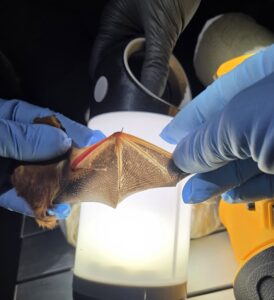
 2025 Sabbatical
2025 Sabbatical